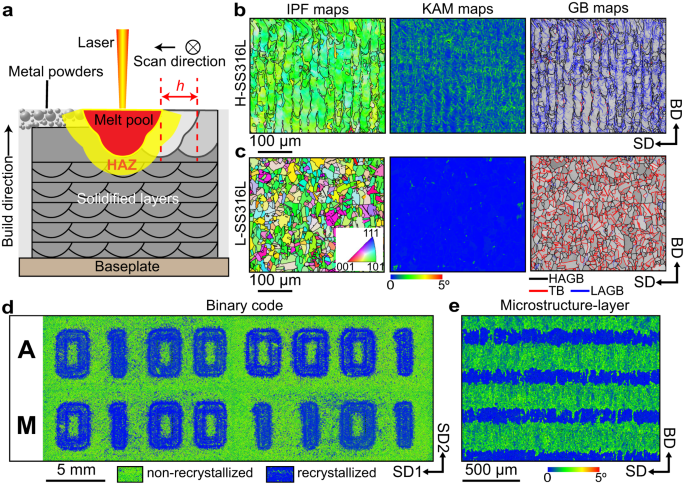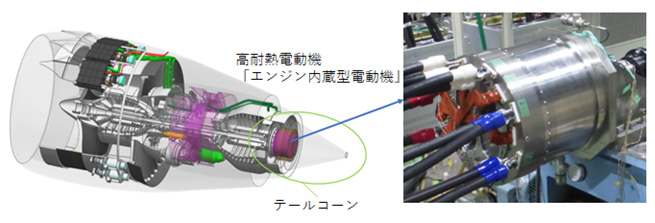2023-10-30 英国・ケンブリッジ大学

・ ケンブリッジ大学を始めとする国際研究チームが、レーザーを使用した新しい金属の 3D プリンティング技術を開発。
・ 従来的なレーザー粉末床溶融結合法(LPBF)に若干の改造を加え、3D プリンティング中に構造を変化させる「プログラム」による合金特性の微調整を可能にした。3D プリンティングによる複雑な形状と、従来の金属加工技術による構造と特性を作り出す機能を提供する。
・ 3D プリンティング技術には、従来の金属加工技術よりも容易に複雑な形状をより少ない材料で作製できるといった、他の製造手法にはない有利な点をもつが、製造後の材料の微調整を主要因とした製造コストの高さが難点。
・ 材料をハンマーで打撃して硬化させ、加熱により軟化させる鍛造のアプローチでは、金属を望みの形状に形成しながら柔軟さや強さ等の物理的な特性を付与することができる。このように材料の内部構造を変えることでその特性を制御できるため、この手法は青銅器時代以来数千年間にわたり使用されている。
・ 現行の 3D プリンティング技術の主要な弱点の一つは、鍛造と同様の内部構造の制御が不可能なため、コストを増加させる製造後の処理が必要であること。
・ 新技術では、レーザーを「微細なハンマー」として使用して 3D プリンティング中に金属を硬化する。同じ
レーザーによる 2 回目の金属の溶融でその構造を緩め、炉に配置するとその微細構造の再構築が起こる。このように、強いが壊れやすい 3D プリント金属部品の強固さと強靭さの両特性を完全に制御する。
・ 理論的に設計され、実験的に評価された 3D プリント金属材料は、強固な材料と強靭な材料による交互の領域で構成され、従来的な鍛造によるスチールに匹敵する性能を有する。
・ 新技術は、金属の 3D プリント作製のコスト低減に寄与すると共に金属製造産業の持続可能性の向上も促すもの。近い将来には炉を使った低温度処理プロセスを省略し、3D プリント部品の実用化に向けて工程数をさらに削減する。
・ 本研究には、シンガポール国立研究財団 (NRF) フェロ-シッププログラムが資金を提供した。
URL: https://www.cam.ac.uk/research/news/using-lasers-to-heat-and-beat-3d-printed-steel-could-help-reduce-costs
<NEDO海外技術情報より>
関連情報
Nature Communications 掲載論文(フルテキスト)
Additive manufacturing of alloys with programmable microstructure and properties
URL: https://www.nature.com/articles/s41467-023-42326-y
Abstract
In metallurgy, mechanical deformation is essential to engineer the microstructure of metals and to tailor their mechanical properties. However, this practice is inapplicable to near-net-shape metal parts produced by additive manufacturing (AM), since it would irremediably compromise their carefully designed geometries. In this work, we show how to circumvent this limitation by controlling the dislocation density and thermal stability of a steel alloy produced by laser powder bed fusion (LPBF) technology. We show that by manipulating the alloy’s solidification structure, we can ‘program’ recrystallization upon heat treatment without using mechanical deformation. When employed site-specifically, our strategy enables designing and creating complex microstructure architectures that combine recrystallized and non-recrystallized regions with different microstructural features and properties. We show how this heterogeneity may be conducive to materials with superior performance compared to those with monolithic microstructure. Our work inspires the design of high-performance metal parts with artificially engineered microstructures by AM.



